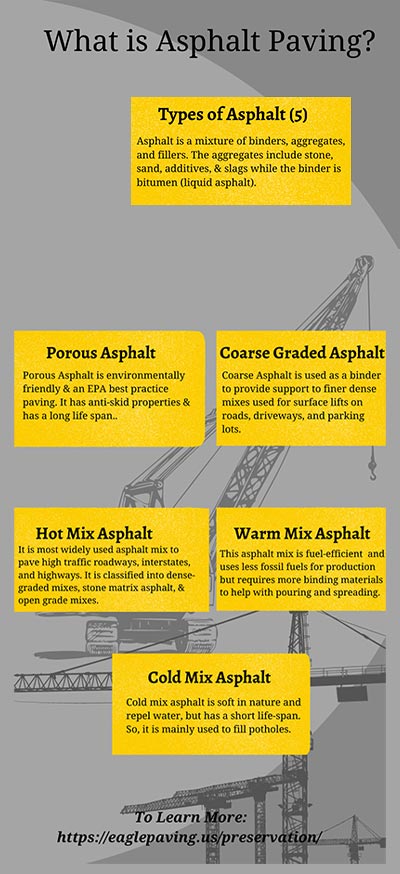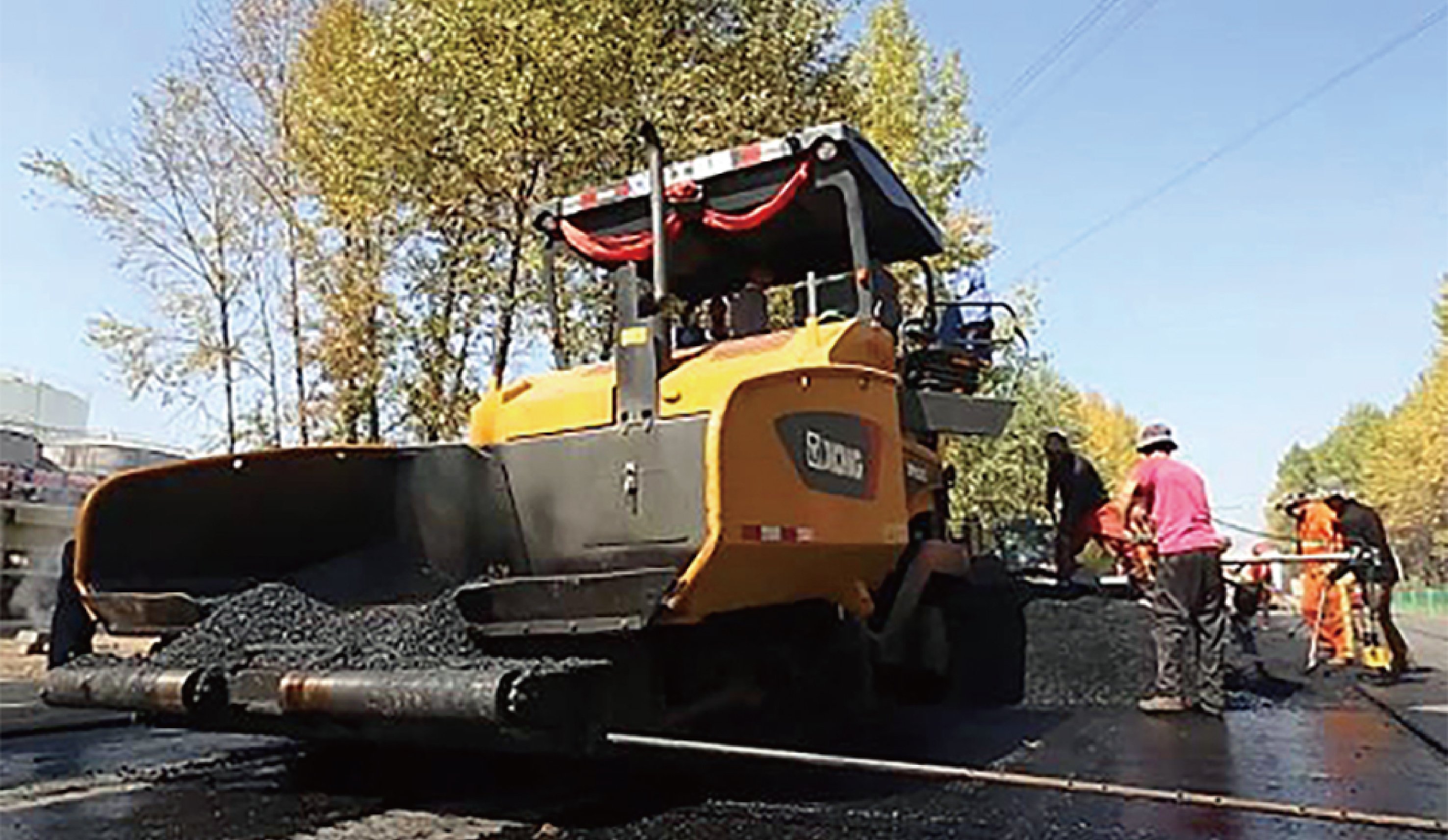A1 Professional Asphalt & Sealing Llc - Questions
A1 Professional Asphalt & Sealing Llc - Questions
Blog Article
A1 Professional Asphalt & Sealing Llc Things To Know Before You Buy
Table of ContentsGetting My A1 Professional Asphalt & Sealing Llc To WorkA1 Professional Asphalt & Sealing Llc Fundamentals ExplainedFascination About A1 Professional Asphalt & Sealing LlcThe Only Guide to A1 Professional Asphalt & Sealing Llc3 Easy Facts About A1 Professional Asphalt & Sealing Llc Shown

The oil in a cars and truck engine is not just oil. It contains a variety of ingredients to improve the automobile's performance. These include polymers, thickness modifiers, heat stabilizers, added lubricating substances, and put on ingredients. The REOB has all the additives that remained in the waste oil along with the wear metals from the engine (generally iron and copper).
By making numerous blends utilizing different REOB examples and various asphalt binders, the variants mostly can be averaged out. Numerous States provided examples of recognized REOB composition to TFHRC researchers, that assessed the examples to compare the portion of included (recognized) REOB to the located (examined) amount. The evaluations revealed a comparable percent of included and discovered REOB.
The Only Guide to A1 Professional Asphalt & Sealing Llc
They obtained an overwhelming reaction. The TFHRC scientists examined 1,532 examples from 40 States, one Canadian district, and 2 Federal Lands Highway divisions. They examined each example twiceamounting to more than 3,000 analyses. None of those States understood that the asphalt they were acquiring consisted of REOB. One State insisted its examples had no REOB.
Of the 1,532 samples checked, 12 percent included REOB, and some had substantially high degrees of it at 1020 percent. The highest degree was 34 percent in an example from Texas, which TxDOT had actually made use of in a patching compound. This screening additionally revealed the visibility of phosphoric acid in 11 percent of the samples, and 2 percent had ground tire rubber.
2 years earlier at TRB's yearly conference, the Federal scientists held an REOB workshop and presented the searchings for of their research laboratory evaluations to a standing room-only group. Some firms do not especially outlaw REOB, they do enforce physical tests that avert its useeffectively a restriction. Others do not prohibit it by requirements, but have arrangements with asphalt suppliers to prevent making use of REOB
Not known Facts About A1 Professional Asphalt & Sealing Llc
A handful do allow REOB, some within particular limitations. For instance, Ohio and Texas limit degrees to much less than 5 percent of the asphalt. To establish a dependable test approach that all States can use, the TFHRC researchers established a round-robin test plan. The individuals are 11 State freeway firms (Illinois, Massachusetts, Minnesota, Mississippi, Montana, North Carolina, Oklahoma, South Carolina, Texas, Vermont, and Wyoming), 2 independent screening labs, the Ministry of Transport in Ontario, Queen's University in Ontario, and an Ontario paving specialist.
In total, the researchers prepared and shipped 720 blends. The participants are testing the examples separately utilizing the guidelines supplied by the TFHRC scientists. The round-robin testing is almost completed, and TFHRC is in the procedure of collecting the results. The output will certainly be a suggested AASHTO test method that any kind of State can adopt and make use of (cold mix vs hot mix asphalt).
The sidewalk with REOB, which lies 0.6 mile (1 kilometer) from the sidewalk without REOB, has identical subgrade, website traffic thickness, and climate. However, the sector of Highway655 with 5 to 10 percent REOB showed significant fracturing. In this example, the existence of REOB was the identified root cause of cracking at a reduced temperatures.
"In our experience in copyright, even tiny amounts of 23 percent can be a their website problem." An area of test sidewalk in Minnesota (MN1-4) found to have REOB also split too soon. The pavement performed well for the first 3 to 4 years, yet after that started to split. This pavement is also based on low temperature levels.
The Of A1 Professional Asphalt & Sealing Llc
The examinations were not extensive, yet they revealed that at levels of 6 percent or even more, the tensile toughness of the asphalt went down considerably. At a level of 3.5 percent REOB, the variation in the physical test methods was above the impact of REOB. In reality, it was difficult for scientists to analyze whether REOB was present.

One binder parameter considered is the distinction between the low temperature level crucial requirements temperature level for tightness (S) in the bending light beam rheometer and the flexing beam rheometer creep incline (m-value) noted as Tcritical. 2 independent research study groups, one from AASHTO and the various other from the Asphalt Institute, concluded that even more research study is needed on the usage of REOB in asphalt.
Previously, all asphalt testing gauged design residential properties such as rigidity. These tests do disappoint what products had been added to the asphalt. One sample gotten throughout the TFHRC research had a very odd evaluation. The example had the following test outcomes: Superpave PG 64-28 with a heat grade of 67.3 Tcritical on the flexing beam of light rheometer was 6.7 degrees Celsius.

The 7-Minute Rule for A1 Professional Asphalt & Sealing Llc
These results show there are weaknesses in the standardized design testing protocols that may be made use of. The producer might have a financial benefit and the product passes all the standard examinations, yet the item may not be beneficial to ensuring lasting efficiency. To resolve this concern and the growth of new asphalt additives and extenders, TFHRC is starting a study program to utilize handheld spectroscopic tools, x-ray fluorescence spectroscopy, and Fourier transform infrared spectroscopy to enable analyses to be done in the area instead of having to take samples back to the laboratory.
Report this page